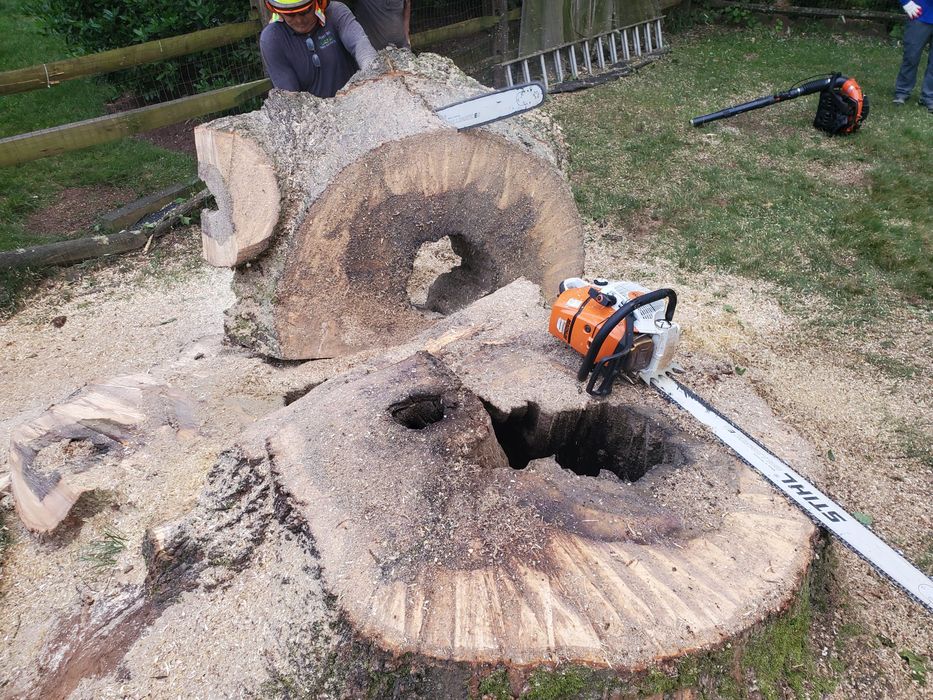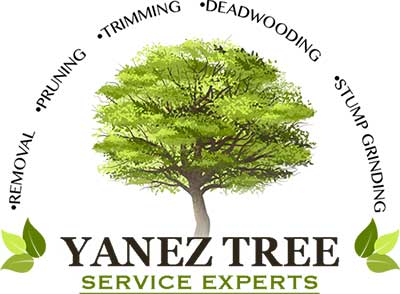
When it comes to maintaining the health and safety of your property, paying attention to the condition of your trees is crucial. Trees provide shade, beauty, and environmental benefits, but they can also pose risks if they become diseased or damaged. One common issue that homeowners face is deadwood trees. Deadwood refers to the decaying or dead branches of a tree, and identifying and addressing this problem is essential for the well-being of your trees and the safety of your surroundings. In this article, we will explore the signs of a dead wood tree, how to identify them, and the importance of hiring professional arborists for safe and efficient deadwood removal.
Importance of Identifying Deadwood Trees
Deadwood trees can present several hazards. Decaying or dead branches are more prone to falling, especially during severe weather conditions such as storms or high winds. These falling branches can cause significant damage to your property, and vehicles, or even endanger the safety of people nearby. Additionally, dead wood is an open invitation for pests and insect infestation to the tree, which can lead to further deterioration and the potential spread of diseases to other nearby healthy trees. By identifying and addressing dead trees promptly, you can mitigate the risk and ensure the overall health and safety of your property by conducting a proper deadwood removal.
Visual Signs of a Deadwood Tree
- Lack of Leaves or Leaf Growth: One of the most apparent signs of a deadwood tree is the absence of leaves or leaf growth on specific branches. While it’s normal for trees to shed leaves during certain seasons, branches that consistently lack leaves throughout the year indicate a problem.
- Discoloration: Deadwood branches often exhibit discoloration. Look for branches that have turned brown, gray, or black, as these are signs of decaying wood and lack of vitality.
- Fungus Growth: Another visual clue is the presence of fungus or mushrooms growing on the stump or branches of the tree. Fungi thrive on dead organic matter, so their presence suggests decay and deadwood within the tree.
- Bark Peeling: If you notice large sections of bark peeling off from the stump or branches, it may indicate a deadwood tree. This peeling occurs as the tree tries to shed dead or decaying tissue.
Importance of Hiring Professional Arborists for Safe and Efficient Removal
While it may be tempting to attempt dead wooding on your own, hiring professional arborists is highly recommended. Removing deadwood requires specialized skills, knowledge, and equipment to ensure the task is completed safely and efficiently.
- Safety: Deadwood removal can be dangerous, especially if the branches are large or located at heights. Professional arborists have the expertise to assess the risk involved, use proper safety equipment, and follow industry standards to prevent accidents and injuries.
- Proper Techniques: Arborists are trained in tree biology and have a deep understanding of how trees grow and respond to pruning tree methods. They can determine the best dead wooding techniques to minimize damage to the tree and promote its overall health.
- Equipment and Tools: Deadwood removal often requires the use of specialized equipment such as chainsaws, pole saws, and rigging systems. Professional arborists have access to these tools and know how to use them effectively, ensuring efficient and precise removal.
- Tree Preservation: A professional arborist can assess the overall health of a tree and determine if deadwood removal is the best course of action. In some cases, other treatments or measures may be more suitable to save the tree, and an arborist can provide expert advice in such situations.
Structural Signs of a Deadwood Tree
Apart from visual cues, there are structural signs that indicate dead trees.
- Brittle Branches: Deadwood branches tend to become brittle and break easily. If you notice branches snapping or falling with minimal force, it could be a sign that the tree is decaying.
- Hollow or Rotten Trunk: Tap on the trunk of the tree or inspect it for signs of rotting or hollow areas. A hollow stump suggests significant decay and weakness in the tree’s structure, making it more susceptible to failure.
- Cracks or Splits: Inspect the stump and branches for visible cracks or splits. These can be indications of internal decay and compromise the tree’s stability.
If you notice any of these signs in your trees, it’s crucial to contact a professional arborist for a thorough assessment and proper guidance on the next steps to take, whether you want to remove deadwood by yourself or hire a professional.
In conclusion, identifying and conducting the deadwood removal is vital for maintaining the health and safety of your property. Visual signs such as lack of leaves, discoloration, fungus growth, and bark peeling are indications of dead wood. Hiring professional arborists ensures safe and efficient deadwood removal, thanks to their expertise, equipment, and adherence to industry standards. Structural signs like brittle branches, hollow trunks, and cracks further confirm the presence of dead wood. By acting promptly and seeking professional help, you can safeguard your property and preserve the beauty and vitality of your trees.


No Comments